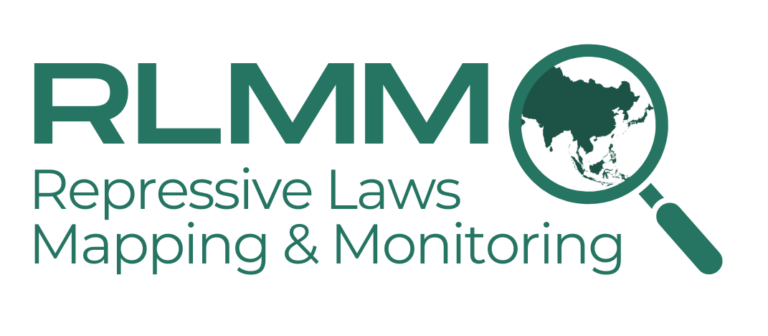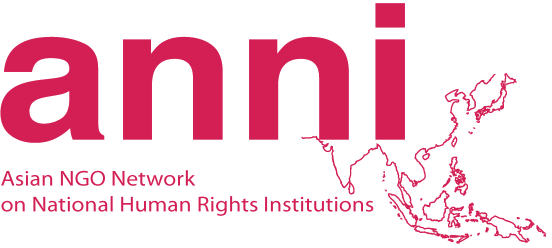Despite its failings, the new ASEAN Charter offers some hope for the promotion and protection of human rights at the regional intergovernmental level.
20 November 2007 saw the signing of the ASEAN Charter by the organisation’s leaders at the 13th Annual Summit in Singapore. The Charter now moves to the national parliaments of the ASEAN member states for ratification, which ASEAN hopes will be completed in time for next year’s summit in Bangkok.
ASEAN government officials and bureaucrats are notoriously bad at engaging with the people they claim to represent. Civil society groups were left largely on the sidelines during the Charter drafting process as the key negotiations on what to include in the Charter took place behind closed doors. Indeed, no draft of the Charter was made publically available prior to its signing on 20 November. This led over 200 representatives of civil society organisations and trade unions from across Southeast Asia to demand the postponement of the signing and ratification of the Charter until substantive consultation had taken place with the people, so that their views and interests could be adequately incorporated.1
Nevertheless, as things stand, the instruments of ratification of all ten Member States will be deposited with the Secretary-General of ASEAN within a year. This leaves human rights workers with the prospect of making the best of what there is in the Charter. So what does the Charter have to offer in terms of the promotion and protection of human rights?
References to human rights in the preamble, purposes and principles, and the establishment of a human rights body are undoubtedly new innovations for ASEAN. However, the main problems with the Charter, from a human rights point of view, are two-fold. Firstly, the references that are made to human rights are left too vague. Secondly, the old principles of non-interference and decision by consensus retain their pre-eminence, which have prevented meaningful progress on the promotion and protection of human rights at the regional intergovernmental level in the past.
At times, human rights in the world of inter-state diplomacy seem to mean all things to all people. For governments to be held accountable for their actions in accordance with human rights standards, it is vital that all sides are clear on what these standards are. The Charter, despite being peppered with references to human rights, makes no specific mention of internationally agreed norms and standards; even the Universal Declaration of Human Rights fails to get a mention.
The fact that the promotion and protection of human rights and fundamental freedoms is included as an explicit purpose and principle of ASEAN should mean that serious human rights violations are seen as serious breaches of the Charter, allowing for discussion at the ASEAN Summit pursuant to Article 20. However, due to the imprecise nature of the wording, states will have more scope and opportunity to dispute accusations of human rights violations at the Summit (which is essentially a political gathering, with disputes subject to compromise in the name of inter-state diplomacy). Furthermore, with no explicit provision on termination or suspension of membership contained in the Charter, there appears to be little prospect of influencing state behaviour in accordance with international human rights standards.
The wording establishing institutions in the Charter is also worryingly vague. It is undoubtedly encouraging that a human rights body is included in the Charter. However, no mention is made of the basic elements necessary for an independent and effective body, such as the appointment of independent experts with an investigative mandate, or the timeframe for its establishment. Instead, the task of drawing up its terms of reference is left to the foreign ministers of ASEAN. In the past, due to ASEAN’s policy of decision by consensus, progress on issues such as human rights has been made according to the lowest common denominator. With a club whose members include the likes of the military generals of Burma, there is every danger that the body that results at the end of political negotiation will be left powerless to improve the human rights situation on the ground in Southeast Asia.
Furthermore, the human rights references in the Charter are surrounded by more general state-centric wording. The opening line of the Charter sets the tone, referring to “We, the peoples of the Member States of ASEAN” rather than “We, the peoples of ASEAN”, highlighting ASEAN’s continued prioritisation of state-governments over the human rights of individuals. Moreover, the principle of non-interference retains its pre-eminence. Article 2, for example, states that ASEAN shall act in accordance with the principles of respect for the sovereignty and “non-interference in the internal affairs of ASEAN Member States”. The principle of non-interference has traditionally been the biggest obstacle to bringing ASEAN to engage meaningfully on human rights. It is therefore a major disappointment that the Charter does not establish that it is the responsibility of states to protect their population, and that if governments are unable or unwilling to protect their citizens, then the responsibility falls to ASEAN to use diplomatic, humanitarian and other methods to help protect the human rights and well-being of the people of Southeast Asia. Indeed, all ASEAN heads of state accepted this concept of the “responsibility to protect” at the UN World Summit in September 2005, yet it fails to get any mention in the ASEAN Charter.
Over the coming months and years it will be up to civil society organisations to focus on the windows of opportunity that are contained in the Charter. Despite the vagueness of references to human rights and the retention of state-centric principles, civil society does at least have something to latch on to and work with as it seeks to develop a systematic, coherent and sustained strategy of engagement with ASEAN. In addition, the vagueness of the wording means that the human rights elements are yet to be restricted, offering an opportunity for input and influence. The decision taken by the 200 representatives of the above-mentioned ACSC III to draft an alternative ASEAN People’s Charter in time for the 2008 ASEAN Summit suggests that civil society in the region is now willing and able to make the most of these opportunities. The Charter has therefore offered some hope that ASEAN can be shaped into an intergovernmental organisation that does begin to fulfil its responsibilities regarding the promotion and protection of human rights in Southeast Asia.
1 This demand was contained in the final statement that came from the third ASEAN Plus Civil Society Conference (ACSC III), held in Singapore from 2-4 November 2007.



